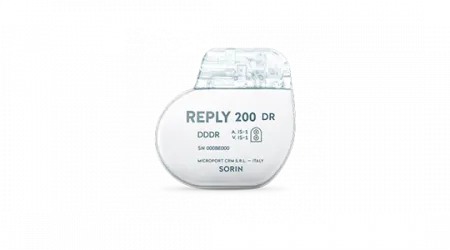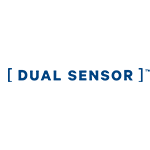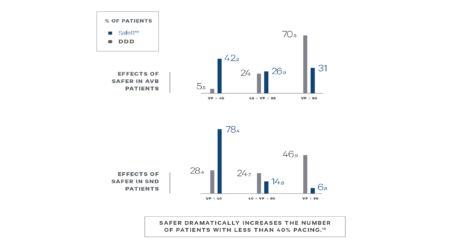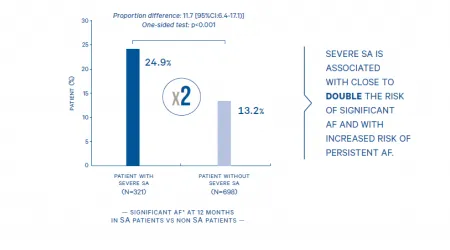REPLY 200
The world’s smallest pacemaker1
A pacemaker with Sleep Apnea Monitoring. Extending the boundaries in cardiovascular disease management.
Reply 200 automatically screens patients at risk of severe sleep apnea, featuring a suite of algorithms designed to prevent serious cardiovascular comorbidities.
12 years longevity in only 8 cc.
The world’s smallest dual-chamber pacemaker with no compromise on longevity.1–3





